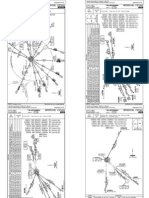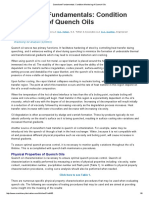0% found this document useful (0 votes)
11 views27 pagesCN Unit 4
The document covers various aspects of computer networks, focusing on the Network Layer, including its importance, data and control planes, and service models. It discusses IPv4 and IPv6 addressing, routing algorithms, and popular protocols like ICMP and SNMP. Additionally, it introduces Software-Defined Networking (SDN) and its benefits for network management and efficiency.
Uploaded by
suryaCopyright
© © All Rights Reserved
We take content rights seriously. If you suspect this is your content, claim it here.
Available Formats
Download as PDF, TXT or read online on Scribd
0% found this document useful (0 votes)
11 views27 pagesCN Unit 4
The document covers various aspects of computer networks, focusing on the Network Layer, including its importance, data and control planes, and service models. It discusses IPv4 and IPv6 addressing, routing algorithms, and popular protocols like ICMP and SNMP. Additionally, it introduces Software-Defined Networking (SDN) and its benefits for network management and efficiency.
Uploaded by
suryaCopyright
© © All Rights Reserved
We take content rights seriously. If you suspect this is your content, claim it here.
Available Formats
Download as PDF, TXT or read online on Scribd
/ 27




























































































